Interview with Dr. Yoshinori Nishimoto
Research on online dementia consultations and AI-supporting diagnostic technologies for dementia to enable universal care
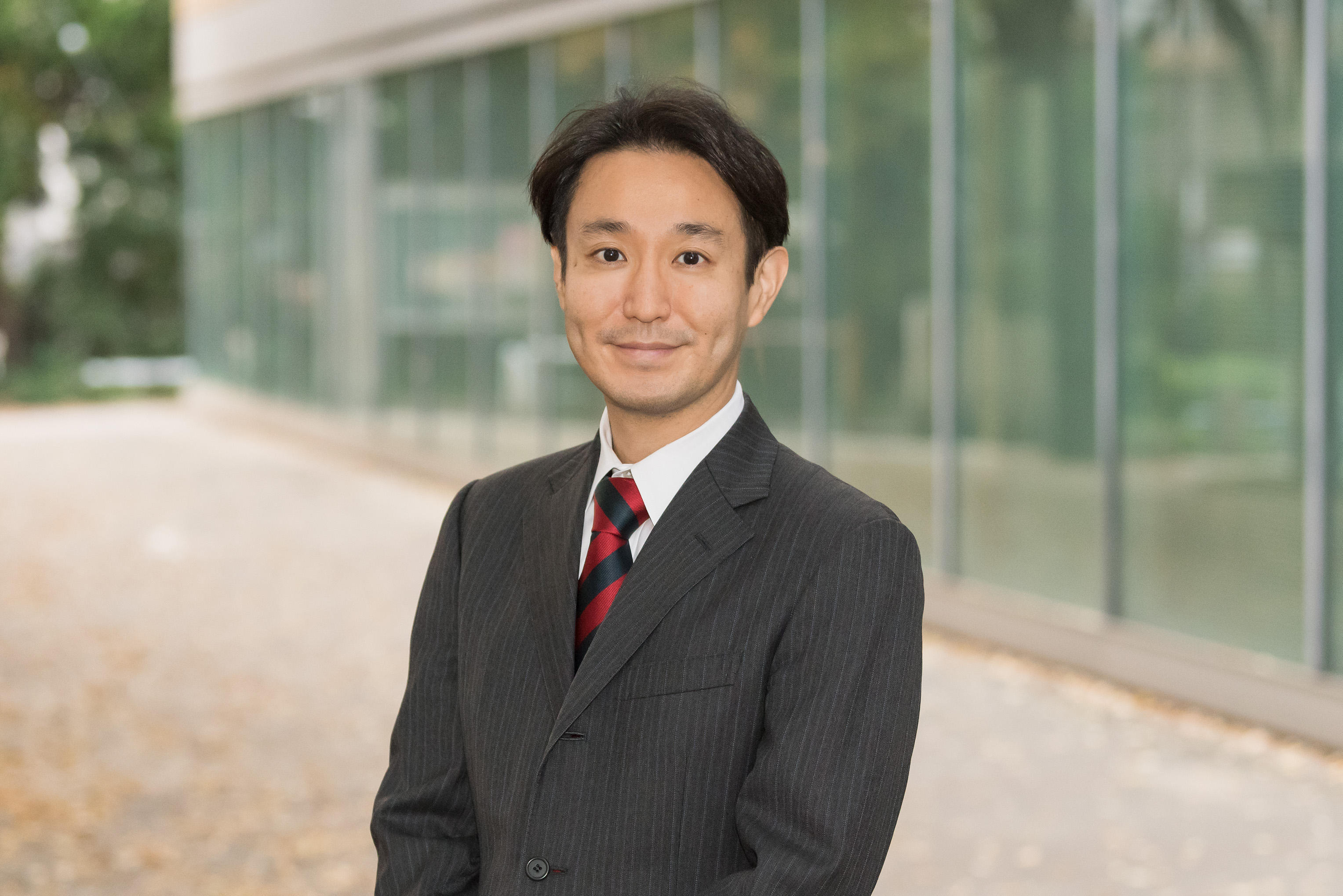
Yoshinori Nishimoto (Instructor, Department of Neurology, School of Medicine)
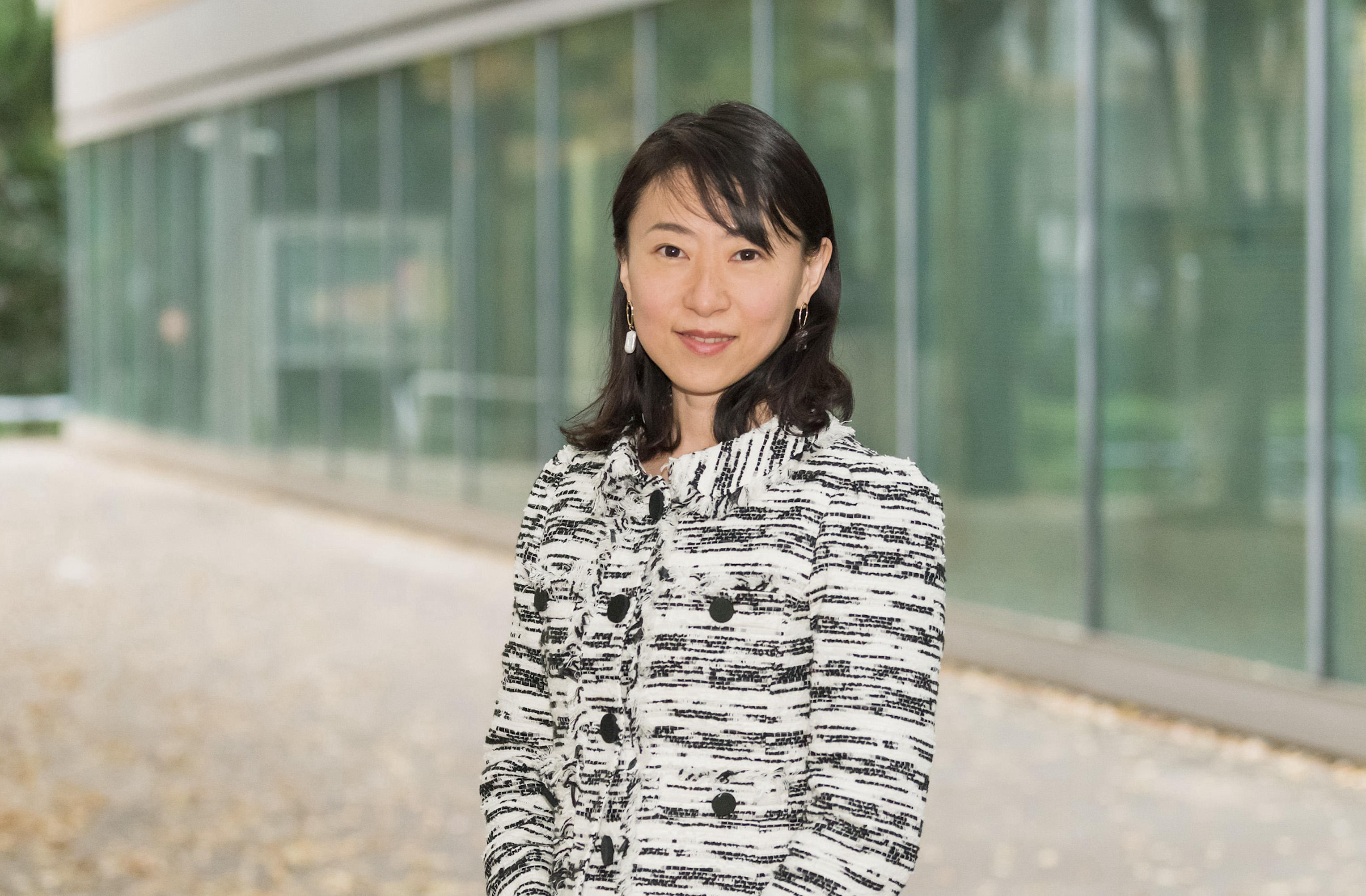
Interviewer: Masako Toriya (Project Professor, KGRI)
In Japan, a country in which the declining birthrate and aging population are advancing, many people will have direct experience of dementia in their lifetimes. The Ministry of Health, Labor and Welfare estimates that one in five elderly people over the age of 65 will have dementia by 2025. There are also alarming predictions that there will be as many as 10 million people living with dementia by 2050. Developing technologies to support dementia diagnoses and reducing burdens on caregivers have become key issues in preparing for these eventualities.
Within this context, the Keio University Global Research Institute (KGRI) is endeavoring to contribute to the development of sustainable global society by promoting interdisciplinary and cross-disciplinary research, giving back to the world through our research outcomes. Dr. Yoshinori Nishimoto, who is engaged in a KGRI Start-up Research study to develop next-generation dementia diagnostic tools utilizing AI technologies in anticipation of online consultations and medical care, is an instructor at the Keio University School of Medicine's Department of Neurology, as well as being a clinical practitioner at the Memory Clinic located at the University Hospital.
What are next-generation dementia diagnostic tools and what benefits can we expect for patients, their families and healthcare in general? What impacts will this research have, not only for Japanese society, but also for countries around the world which face similar challenges associated with aging populations? We asked Dr. Nishimoto about these issues.
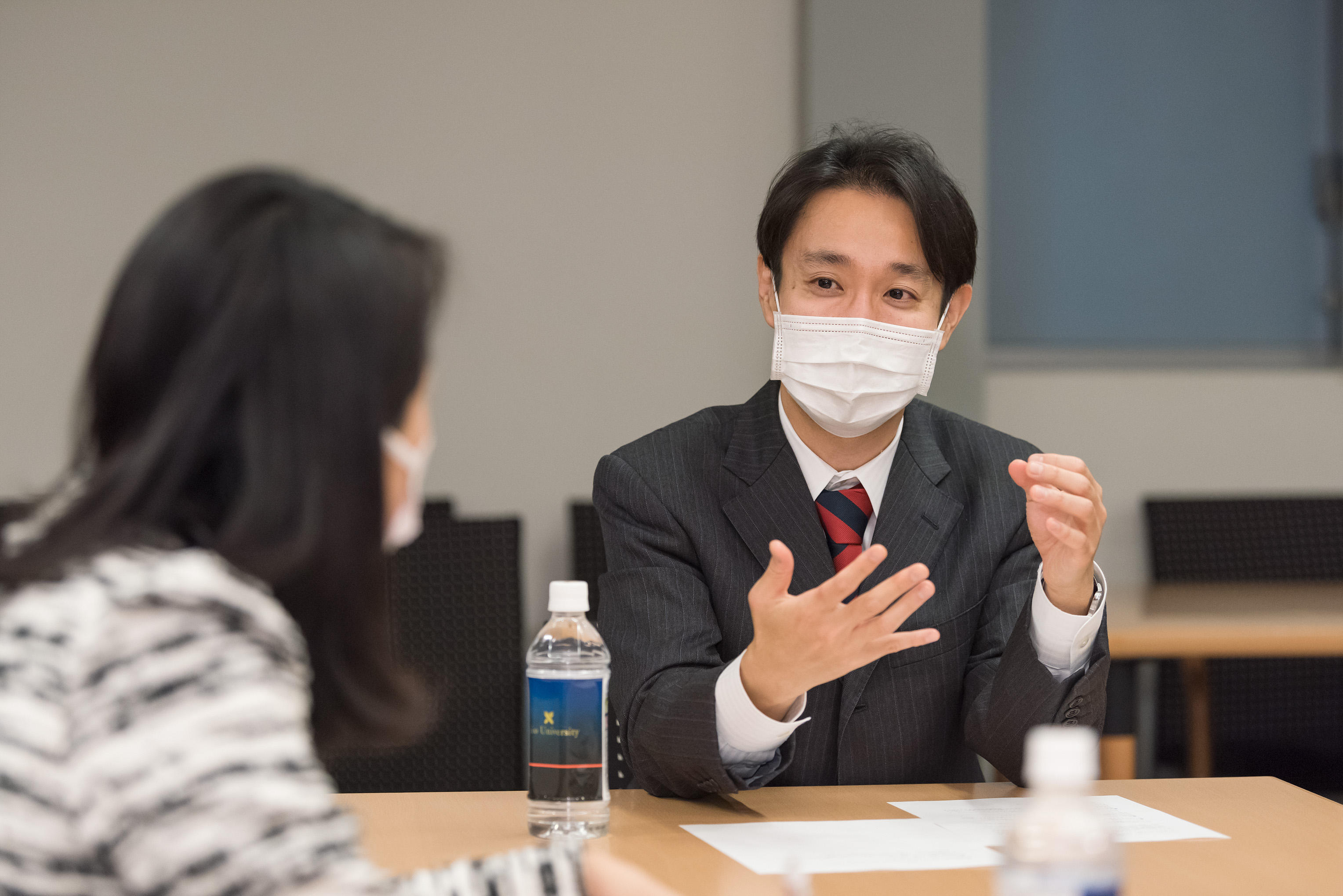
Keio University: leading the field in dementia research through studies on supercentenarians
Dr. Nishimoto is a physician who conducts medical examinations of patients as a neurologist while also being a scientist. At the Keio University School of Medicine's "Center for Supercentenarian Medical Research," he was involved in research utilizing assessments of cognitive function and whole genome sequencing of supercentenarians, including those attaining ages of up to 110 years, and is currently tasked with medical care for dementia patients at the Keio University Hospital Memory Clinic. "It is known that people who live to ages of 100 years and over maintain high levels of cognitive function. We are engaged in research aimed at elucidating the reasons that such people are less prone to dementia. Japan, a country with one of the longest life expectancies in the world, is experiencing a rapid increase in its number of supercentenarians. While we regularly see headlines highlighting the issues for Japan of its aging society, the converse view is that this makes it an environment uniquely positioned for research on addressing health issues related to aging," says Dr. Nishimoto.
Keio University has concentrated efforts on the creation of medical and healthcare research frameworks integrating basic clinical research, which includes the Center for Supercentenarian Medical Research. Meanwhile, the introduction of online medical care had already been prioritized and promoted in a number of clinical divisions in anticipation of increases in the elderly population. For Dr. Nishmoto, who is both a clinical practitioner specializing in dementia and an experienced researcher on supercentenarians, it was a natural progression for him to go into start-up research, with the encouragement of KGRI, to address the social challenges of dementia.
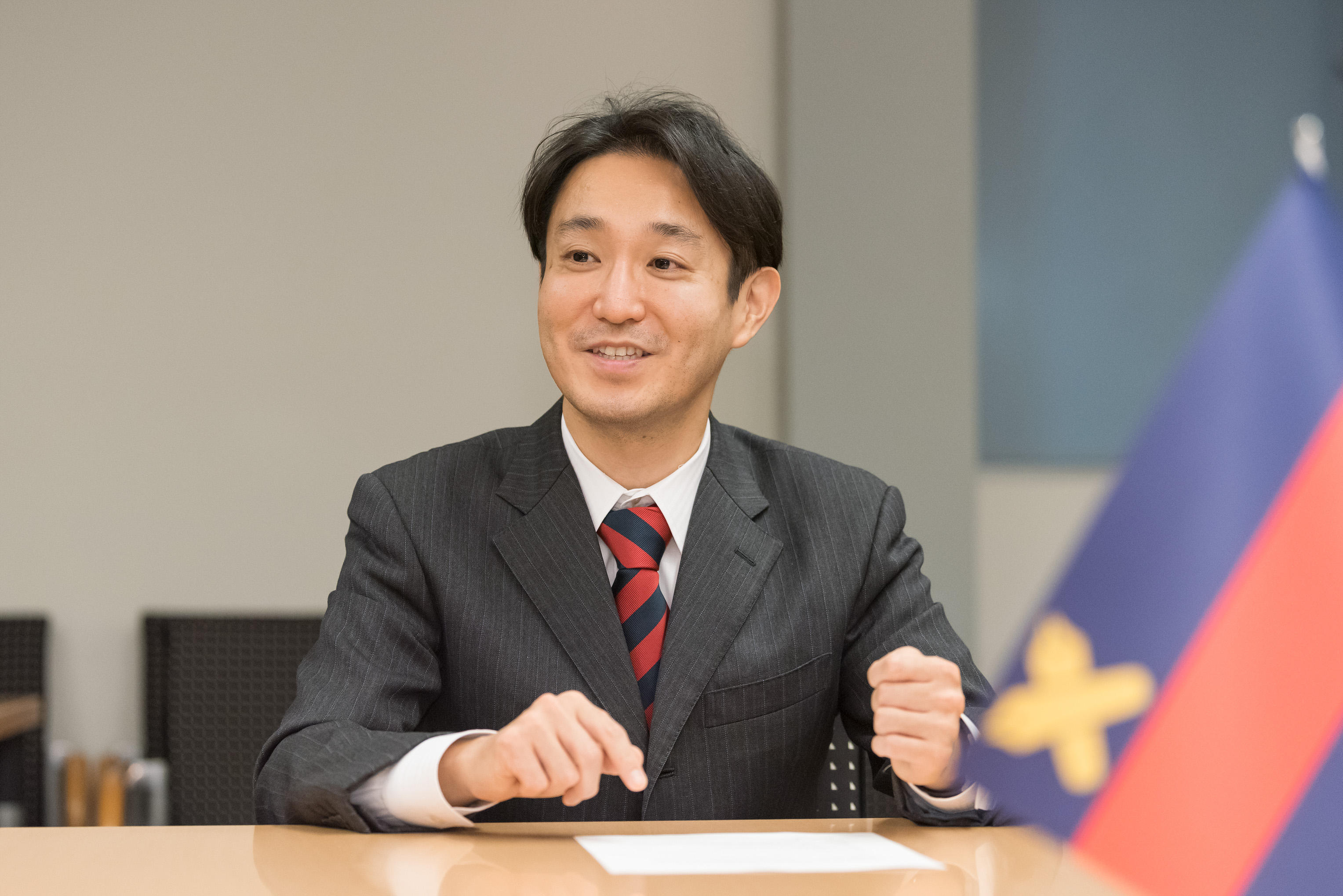
Our goal is universal health coverage
They are currently working on two missions. The first is confirming, from the perspective of caregiving burdens, the value or lack thereof of incorporating online consultations into dementia treatment and, secondly, searching for tools which can facilitate diagnosis and pathology assessment from patient voice/image data utilizing AI technologies.
"Aging populations are a global challenge, and it is said that, by 2050, there will be in excess of 100 million people with dementia worldwide. At the same time, approximately three caregivers are required for a single dementia patient and Japan will, in the imminent future, be confronted with an era in which tens of millions of people will be involved in dementia caregiving in some capacity. In addition, there are limited numbers of dementia specialists, and it is calculated that a single specialist will be responsible for handling in excess of 1000 dementia patients when it comes to providing highly specialized medical care. If all dementia patients are considered to be within the treatment demographic, it is safe to say that the crisis involving a shortage of doctors and caregivers is just around the corner.
An additional challenge which needs to be addressed is that of eliminating regional disparities in access to medical resources. We are seeking to create a system for the provision of medical care such that patients can receive medical examinations of a uniform standard, and cooperation, not just with specialists, but also with general practitioners, to develop support, diagnosis, and treatment from the early stages of dementia in regions as a whole, however far one happens to live from a specialist facility. Dr. Nishimoto places particular emphasis on this point, stating: "This study aims to make a reality of universal health coverage, which is also a goal of the SDGs"
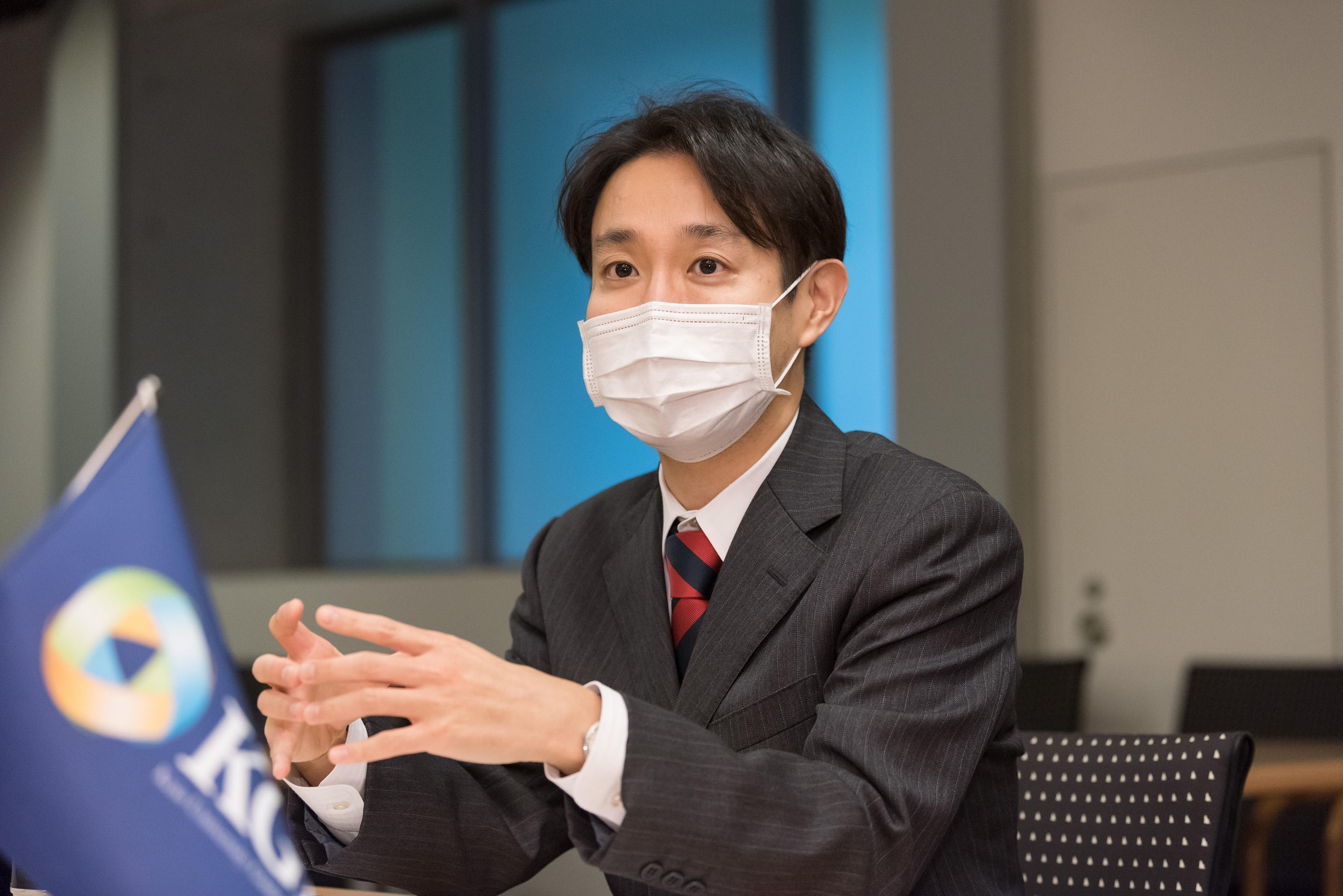
Creating a world of easily-accessible dementia care
Dr. Nishimoto has long been sensitive to the challenge of the burden involved with the requirement for family members to accompany dementia patients, whose conditions have progressed to a certain point, for appointments. The patients themselves often have mobility issues; even choosing clothes can be a major task. Families and helpers cooperate in preparations to go outside, often reserving a care taxi. At the hospital the patient will then be transferred to a wheelchair and wait for their appointment time. When they are finally seen, the actual consultation will be of a mere 5 to 15 minutes duration. If there are no specialists in the locality, they will have to travel to a large hospital some distance away. The burdens on those caring for patients at home, including that of accompanying them to medical examinations, is extremely demanding both physically and mentally.
"When I talk to accompanying family members, even those with excellent relationships and communication mention experiencing disagreeable feelings towards dementia patients once in a while in their care. These are an inevitable consequence of the difficulties of caregiving. Moreover, we frequently encounter cases in which the caregiver reproaches themselves for the very fact that they have such reactions. The burdens involved with caregiving have the power to destroy relationships that have been built up over a lifetime at one stroke. From this perspective, there is undoubtedly great significance in reducing the burdens on families, as well as successfully addressing issues of a geographical nature, by enabling online medical care," says Dr. Nishimoto.
In the first half of our research, we analyze experiments involving dementia patients receiving treatment at the Keio University Hospital Memory Clinic undergoing online appointments over a period of 24 weeks in addition to conventional in-person consultations. The growing expectations for online medical care from the Japanese government as occasioned by the pandemic are proving a favorable omen. Nevertheless, switching from in-person to online medical care should never be at the expense of the cognitive functions of patients.
"The work of Dr. Daisuke Ito of the Memory Clinic paved the way for us to embark on this research, and we held repeated discussions about goal setting and how to address problems as the project progressed. First, it was necessary to ensure that online medical care could be performed safely. We also need to show that online consultations have the additional benefit of alleviating the caregiving burdens of family, demonstrating their validity in general practice and leading to their acceptance in wider circles. This would preclude the necessity for caregivers to physically travel to remote medical institutions. Doctors could also complete consultations at the facility which they attend."
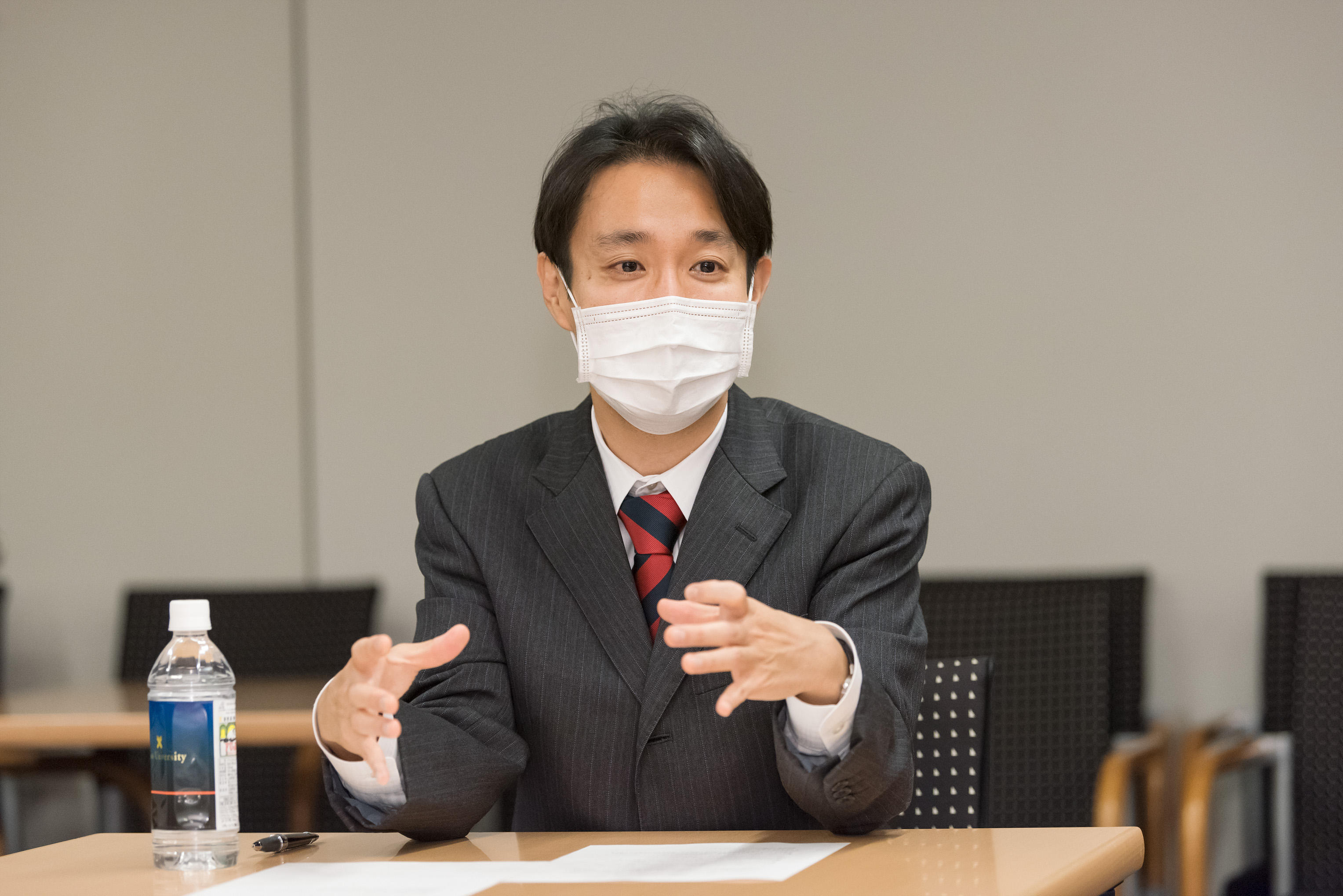
Dr. Nishimoto's experience to date has taught him the importance of research design, and he reveals that "there were a number of problems that had to be overcome" during implementation.
"It is difficult, even for a dementia specialist, to discern in the very early stages of dementia between forgetfulness as a symptom of old age or as one of Alzheimer's disease. Thus, for our experiments, we focused on those with 'dementia to a degree justifying outpatient treatment.' We needed to accurately diagnose patients based on scientific evidence and to have them participate in clinical trials. As it is understood that special proteins known as Amyloid beta peptides begin to accumulate in the brain 20 to 30 years before the onset of symptoms in Alzheimer's disease ―the most common form of dementia― an accurate grasp of pathology can facilitate early diagnosis. In addition, changes in the brain's tau proteins, a further key to pathology, are also important. At the Keio University Hospital Memory Clinic, we have succeeded in getting a start in these near-ideal surroundings while incorporating these pathologies into the scope of our consultations and medical care."
The current comparative research is being conducted in two groups, with one for those subject to online medical care and the other comprised of patients attending at a hospital. Dividing the groups, he says, also came with attendant difficulties. "We always give careful consideration to ensure ages and sexes are matched as closely as possible so that the composition of both groups does not have any obvious imbalances. In addition, this study uses a two-group cross-multiplication method, whereby groups are switched at the beginning and end of the survey. This method allows us to ensure uniform backgrounds and secure sufficient volumes of data," says Dr. Nishimoto.
Development of new diagnostic methods in anticipation of telemedicine
The next step in this research seeks to improve the efficiency of dementia diagnosis and to create a system which can aid in automatic evaluations of symptoms utilizing AI technologies that analyze data recordings of patients' voices, body movements (patients turning their head for assistance or cues), eye movements, and changes in facial expressions during remote consultations.
"If online consultations could be used in general practice, based on the outcomes of the first half of this research, we could create environments in which large volumes of data on dementia patients, such as lifestyle and conversation logs could be collected with their consent. Moreover, AI support for diagnosing high-probability suspected cases of dementia will facilitate the performance of simple consultations even by non-specialists. I hope to create a program that can be used in a supplementary capacity, whereby primary care providers can evaluate the patient even if the final diagnosis is made by a specialist. This will also lead to an increase of local personnel involved with dementia care," says Dr. Nishimoto.
Neurology is one of the departments that emphasize the importance of information obtained through consultations. He says that the upcoming challenge is how closely information obtained through online medical care can match that obtained from in-person consultations. Insights of this kind are afforded by Dr. Nishimoto's work as a clinical practitioner.
"In the consultation room, we can observe with our five senses: how a patient walks into the room; their facial expressions; fluctuations in their voice when exchanging pleasantries; our olfactory sense; and how a family member interacts with the patient. In other words, we could say that the basic principle of a consultation is to reveal and deduce information. Meanwhile, with online medical care, we are reliant solely on the passive information provided by the image and audio in the range of the camera. Moving forward, we have to make concrete decisions about selecting what types of data should be analyzed by which algorithms and then advance preparations for eventual implementation. This is where I believe our experiences and knowledge will come into play."
The major difference, Dr. Nishimoto tells us, between medical care provided over the telephone and that conducted online is that, in addition to the information from the images themselves, you can use the recording to isolate which parts of the voice data are from the patient.
"As we accumulate more data, we should be able to discern the subtle differences between memory loss, general symptoms of old age, and the changes associated with the various diseases which cause dementia. In future terms, we may find hints that will feed into early detection and clarification of the diagnosis methodologies for dementia-causing diseases other than Alzheimer's disease, including vascular dementia, dementia with Lewy bodies, and frontotemporal dementia (Pick's disease). Raising the specificity (diagnostic accuracy), while continuing to prioritize the sensitivity (probability of not bypassing a person with dementia) of diagnoses, are what I hope will be defined as the first objectives for AI technologies. This is to ensure that 'suspected' cases are not missed by AI when used by non-specialists." Dr. Nishimoto
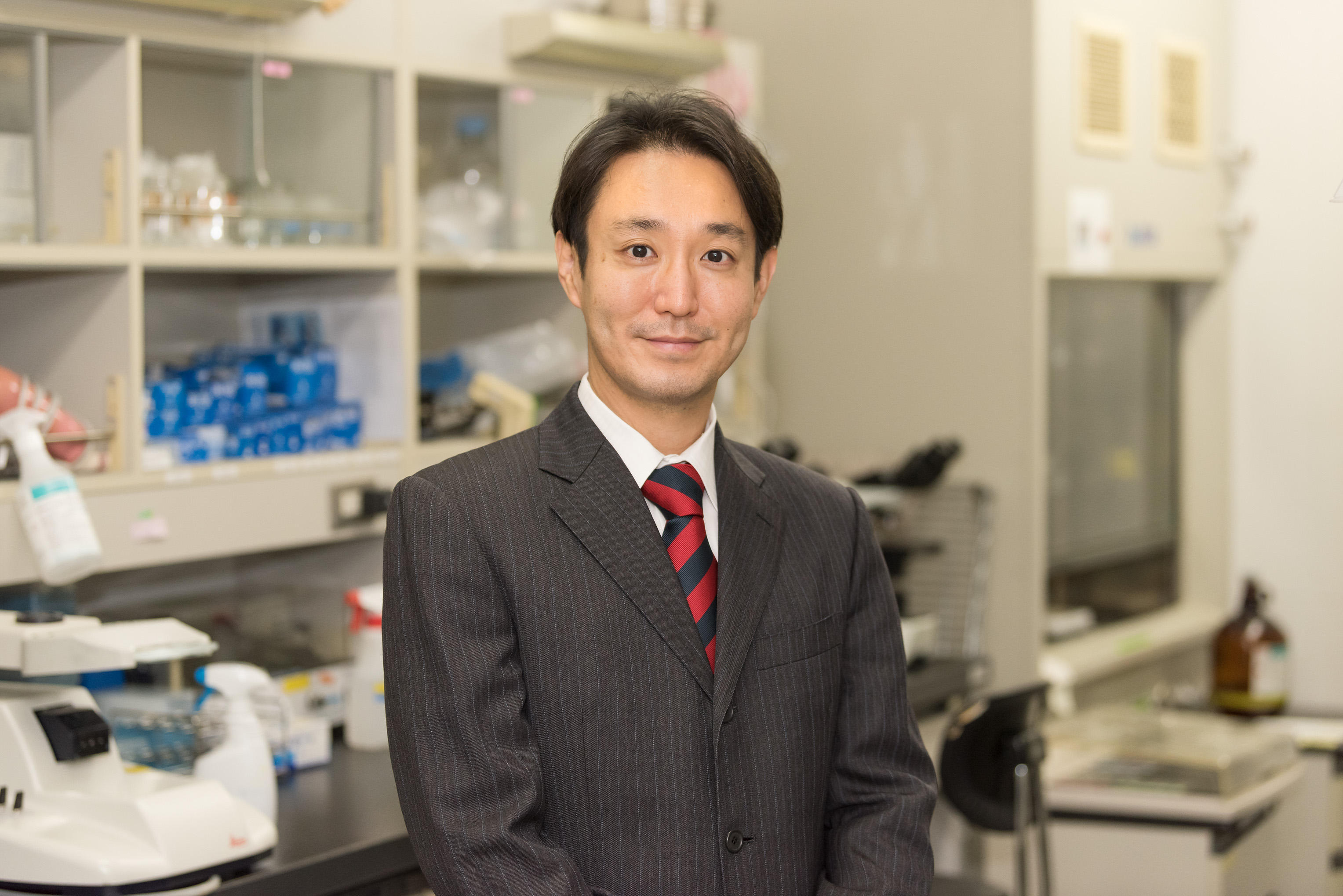
Promoting social implementation through a fusion of the humanities and sciences
Dr. Nishimoto's unique strengths lie in his ability to pursue ever-increasingly accurate research methods while maintaining the perspectives of a practitioner garnered from his clinical experience. The fusion of humanities and sciences for which KGRI advocates is also key to rendering AI medical care "accessible to all."
"The number of patients in dementia research is conspicuous when compared to other diseases. This has a huge impact not just in Japan but throughout the world. While the U.S. leads the field in diagnostic standards and drug development timelines, Japan can nevertheless take pride in being the front-runner in terms of its ability to apply diagnostic imaging technologies, and the fact that all citizens enjoy access to medical care of a uniform standard through universal health insurance. Ultimately, we see it as our mission to give back to the world from Japan. I intend to engage in various collaborations to make a reality of AI medical care. My hope is that this research will also inspire experts in engineering to get involved, and believe that it is my mission, as an intermediary between scientific theory and clinical medicine, to establish a route to social implementation."
How does Dr. Nishimoto characterize the future prospects of dementia diagnosis on which he is setting his sights?
"Overcoming dementia is a global challenge, and the development of therapeutic agents is also underway. If AI is able to discern that 'there is a chance this person has dementia,' wherever that persons happens to be in the world, this will surely broaden the range of medical treatments available and contribute to the equity of medical services. We are working under the assumption that radical therapeutics for dementia, which will be developed going forward, will be introduced from the early stages of disease. When this happens, it would give me great pleasure if fully-realized Keio-developed assistive technologies for AI diagnosis are ready for global roll-out."
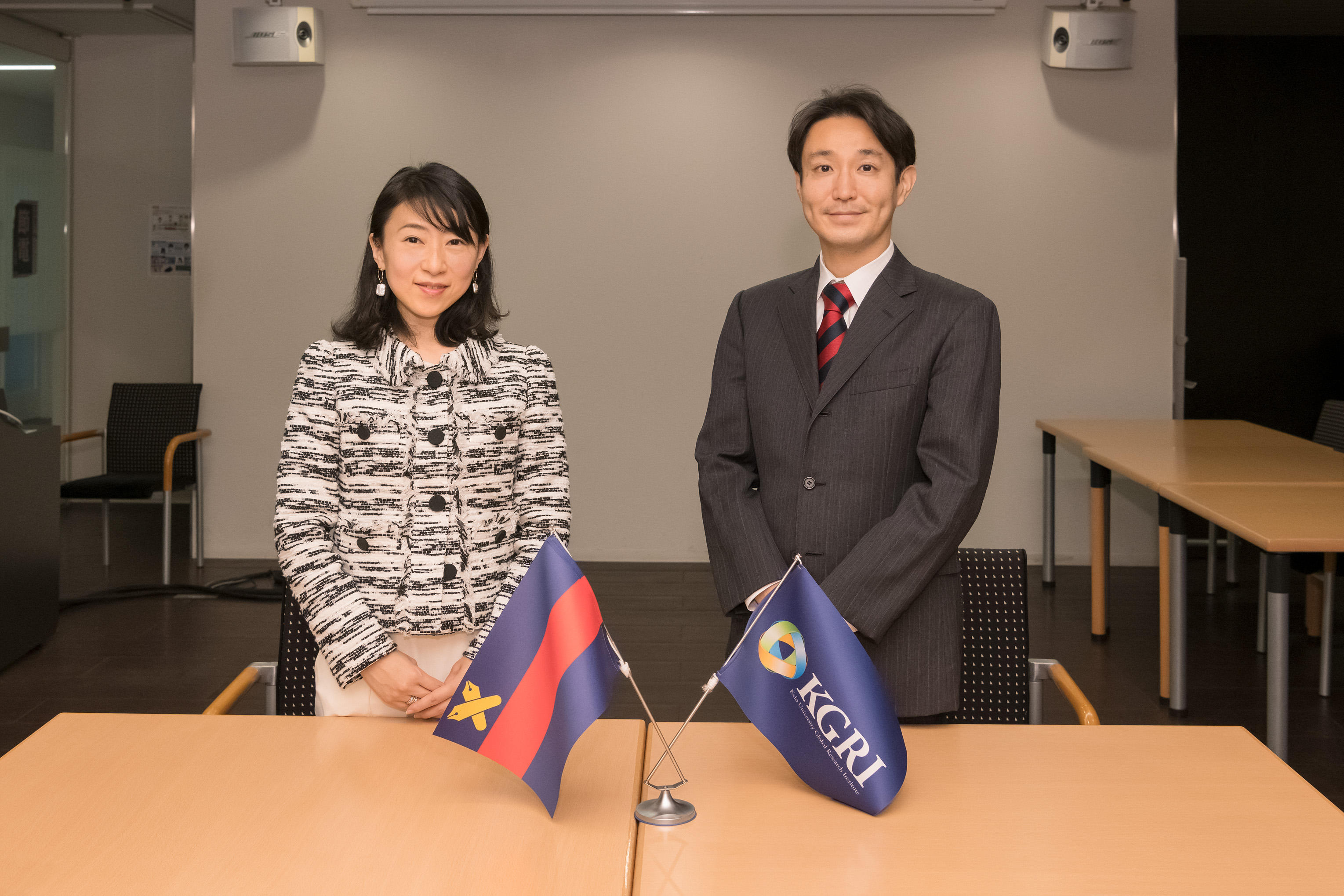
Photo: Susumu Ishito
※Affiliations and positions are those at the time of the interview.





